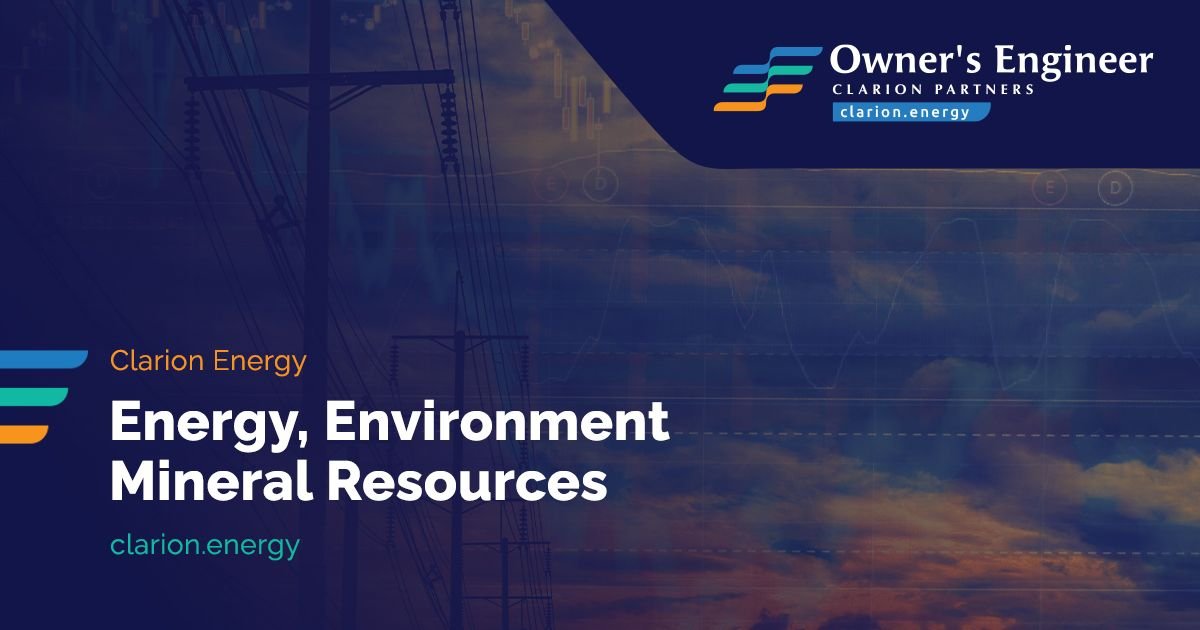In addition to electrical and mechanical design engineering and supervision of works, the concept of Owner’s Engineering (OE) has become integral to the successful development of industrial projects in Serbia. Owner’s Engineering provides independent oversight and project management services to ensure that construction aligns with the owner’s expectations, budget and timeline. This role serves as a bridge between the client (owner) and the engineering, procurement and construction (EPC) contractor, delivering value through enhanced project control, risk mitigation, and technical expertise.
Below is an expanded analysis of the key aspects of electrical and mechanical engineering, supervision of works and Owner’s Engineering for industrial projects in Serbia.
Key aspects of electrical and mechanical design engineering
1. Electrical design
• Power distribution and automation: Electrical engineers play a crucial role in designing complex power distribution systems for industrial facilities. This includes integrating renewable energy sources where possible and automating power management for efficiency. Engineers also ensure the facility’s power systems adhere to Serbian and EU regulations on energy efficiency and safety.
• Instrumentation and control: In addition to energy distribution, electrical engineers design the systems that control industrial processes, such as sensors, controllers, and communication networks, crucial for automating industrial operations. Automation reduces downtime, increases precision, and enhances the overall productivity of industrial facilities.
2. Mechanical design
• HVAC systems and energy efficiency: Mechanical engineers design HVAC (Heating, Ventilation and Air Conditioning) systems that meet energy efficiency standards, particularly critical for industries like pharmaceuticals and food processing, where temperature control is essential. Engineers also ensure these systems are integrated with energy-saving technologies like heat recovery and renewable energy.
• Piping and fluid systems: The design of fluid transport systems, including water, gases and process fluids, is critical for the safe and efficient operation of industrial projects. Mechanical engineers ensure that these systems comply with safety standards and function reliably under various industrial conditions.
Supervision of works
1. On-site supervision
• Implementation oversight: Supervision of works ensures that the design engineering solutions for electrical, mechanical, and structural systems are correctly implemented on-site. Supervisors monitor the progress of work, verify the quality of materials and ensure that contractors follow technical specifications and safety standards.
• Real-time problem solving: On-site supervision also involves troubleshooting and resolving issues that may arise during construction. This could include adjustments to design specifications based on real-world conditions or resolving conflicts between different engineering teams (e.g., mechanical and electrical engineers).
2. Safety and compliance
• Regulatory compliance: Supervision ensures that all installations meet local and international safety standards, including those related to electrical wiring, mechanical systems, and overall site safety. Compliance with these regulations is essential for avoiding project delays, fines or accidents.
• Testing and commissioning: After construction, engineers oversee the testing and commissioning of systems to ensure they operate as designed and comply with regulatory requirements. This process includes performance testing, safety inspections, and validating the integration of all systems.
Owner’s Engineering (OE) services
Owner’s Engineering involves representing the owner’s interests throughout the lifecycle of the project. This includes providing technical support, managing project risks, ensuring quality control, and coordinating between various stakeholders, such as contractors, engineers, and regulatory bodies. The role of the Owner’s Engineer is crucial in large-scale industrial projects, especially those involving complex electrical and mechanical systems.
1. Project planning and feasibility
• Technical feasibility and design review: The Owner’s Engineer provides early-stage assessments of the project’s feasibility, including reviewing preliminary designs for compliance with the owner’s objectives and technical standards. This review helps identify potential risks or inefficiencies before construction begins.
• Budget and timeline management: OE services also involve creating realistic budget forecasts and timelines for the project, ensuring that the project adheres to financial constraints while minimizing delays. This service is particularly important in Serbia, where industrial projects often involve multiple foreign contractors.
2. Risk management and compliance
• Quality assurance and risk mitigation: Throughout the construction phase, the Owner’s Engineer continuously monitors the quality of work being performed by contractors, ensuring that all electrical, mechanical and structural systems meet the highest standards. This proactive approach helps reduce the risk of costly rework or system failures.
• Regulatory navigation: The Owner’s Engineer ensures that the project complies with both Serbian regulations and EU directives, especially regarding environmental sustainability, safety, and energy efficiency. By aligning the project with these requirements, OE services help avoid legal challenges or fines that could arise from non-compliance.
3. Coordination between stakeholders
• Liaison between owner and contractors: The Owner’s Engineer acts as a mediator between the owner and contractors, ensuring that communication flows efficiently between all parties. This reduces misunderstandings and ensures that the owner’s goals are clearly conveyed and implemented throughout the project.
• Change management: In large industrial projects, changes to design or scope are inevitable. The OE is responsible for evaluating the impact of these changes, advising the owner on their implications, and ensuring that any adjustments are properly documented and integrated into the project plan.
Opportunities in Serbia’s industrial sector
1. Rapidly growing industrial base
• Sectors such as automotive, logistics and food processing are seeing significant growth in Serbia, driven by both foreign investment and local development. This growth presents opportunities for companies involved in electrical and mechanical engineering to engage in large-scale industrial projects.
2. Cost-effective and skilled workforce
• Serbia’s highly skilled workforce, particularly in engineering fields, offers cost-effective solutions for companies looking to set up industrial projects. This workforce is familiar with both local regulations and EU standards, making Serbia an attractive location for industrial development.
3. Favorable investment climate
• Serbia’s government continues to offer incentives for industrial development, including tax breaks and grants for projects in underdeveloped regions. These incentives, combined with the country’s proximity to EU markets, make it a prime destination for industrial construction projects that require extensive engineering and supervision.
The integration of electrical and mechanical design engineering, supervision of works, and Owner’s Engineering services is critical to the successful completion of industrial projects in Serbia. These roles ensure that projects are delivered on time, within budget, and to the required technical and safety standards. For companies looking to establish or expand their industrial operations in Serbia, leveraging these engineering services will be key to navigating the complexities of large-scale construction projects, managing risks, and ensuring compliance with both Serbian and EU regulations.
Elevated by:









